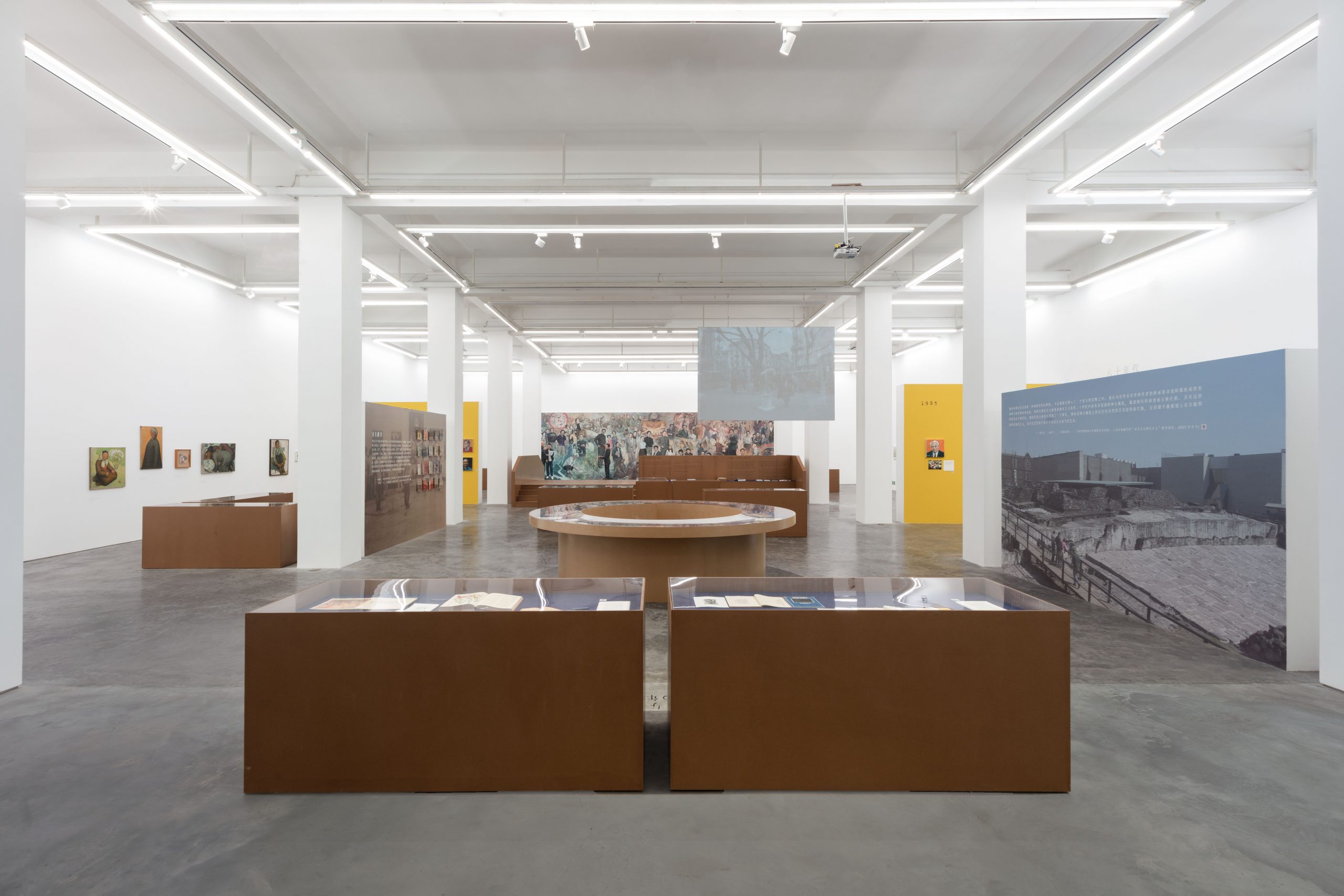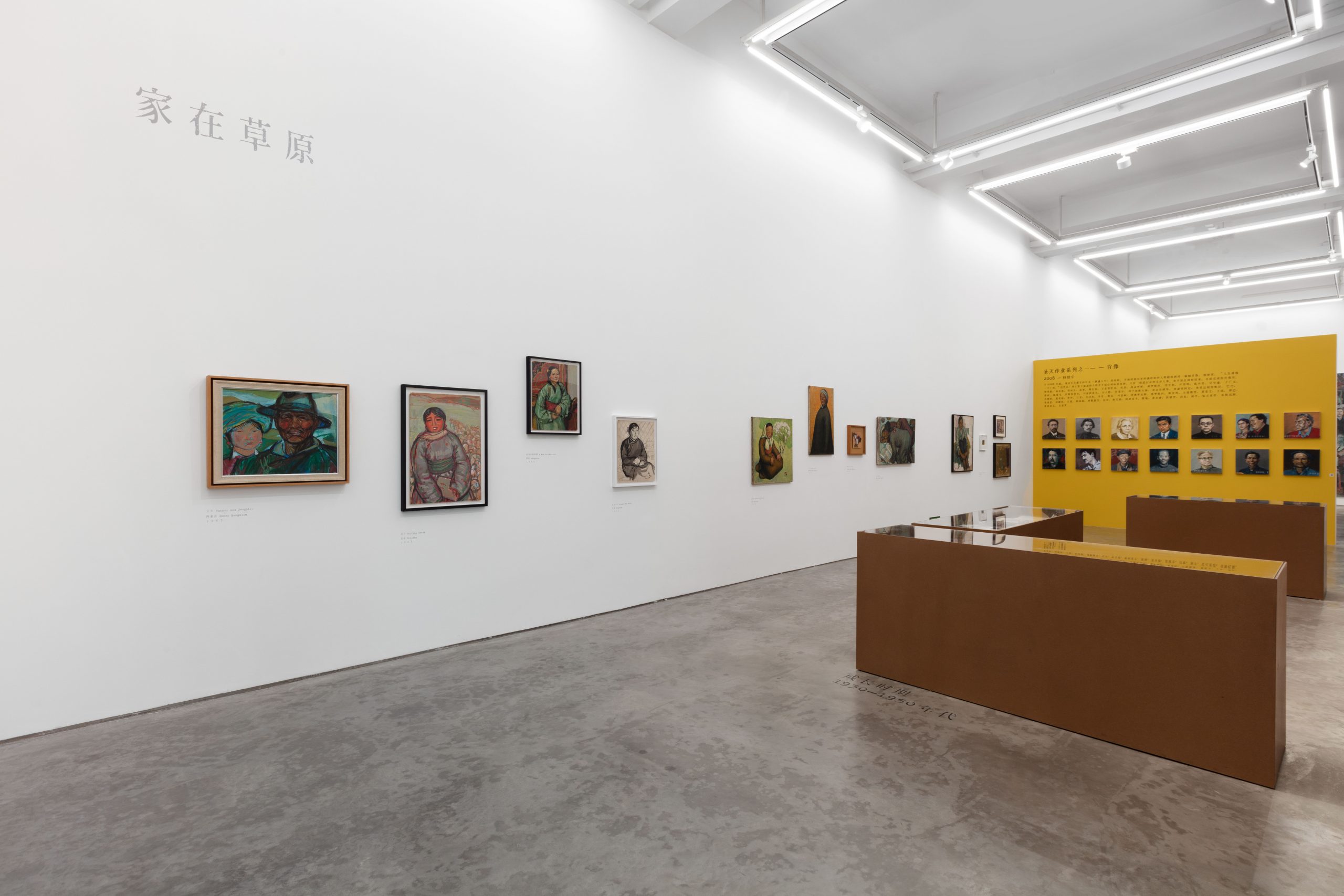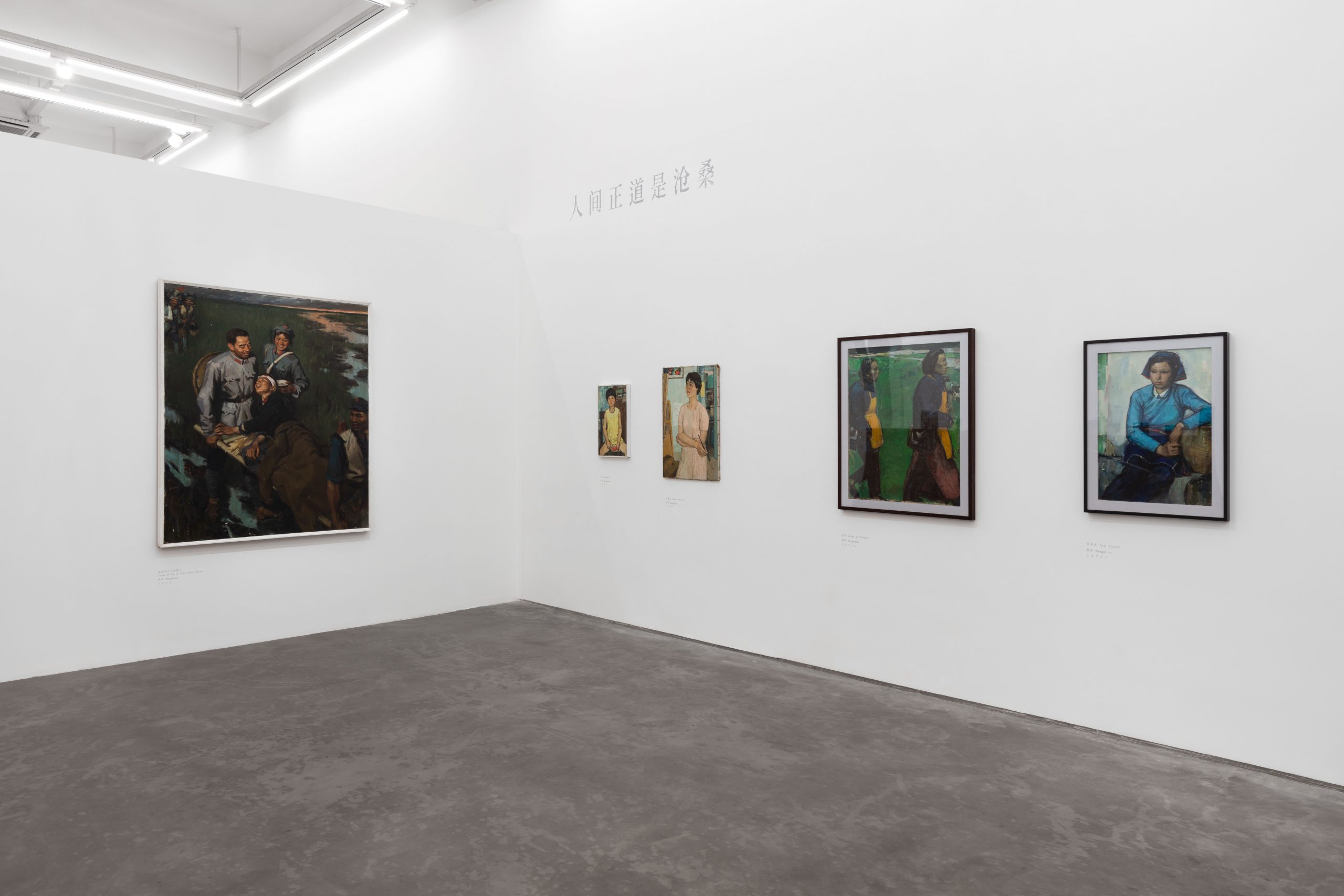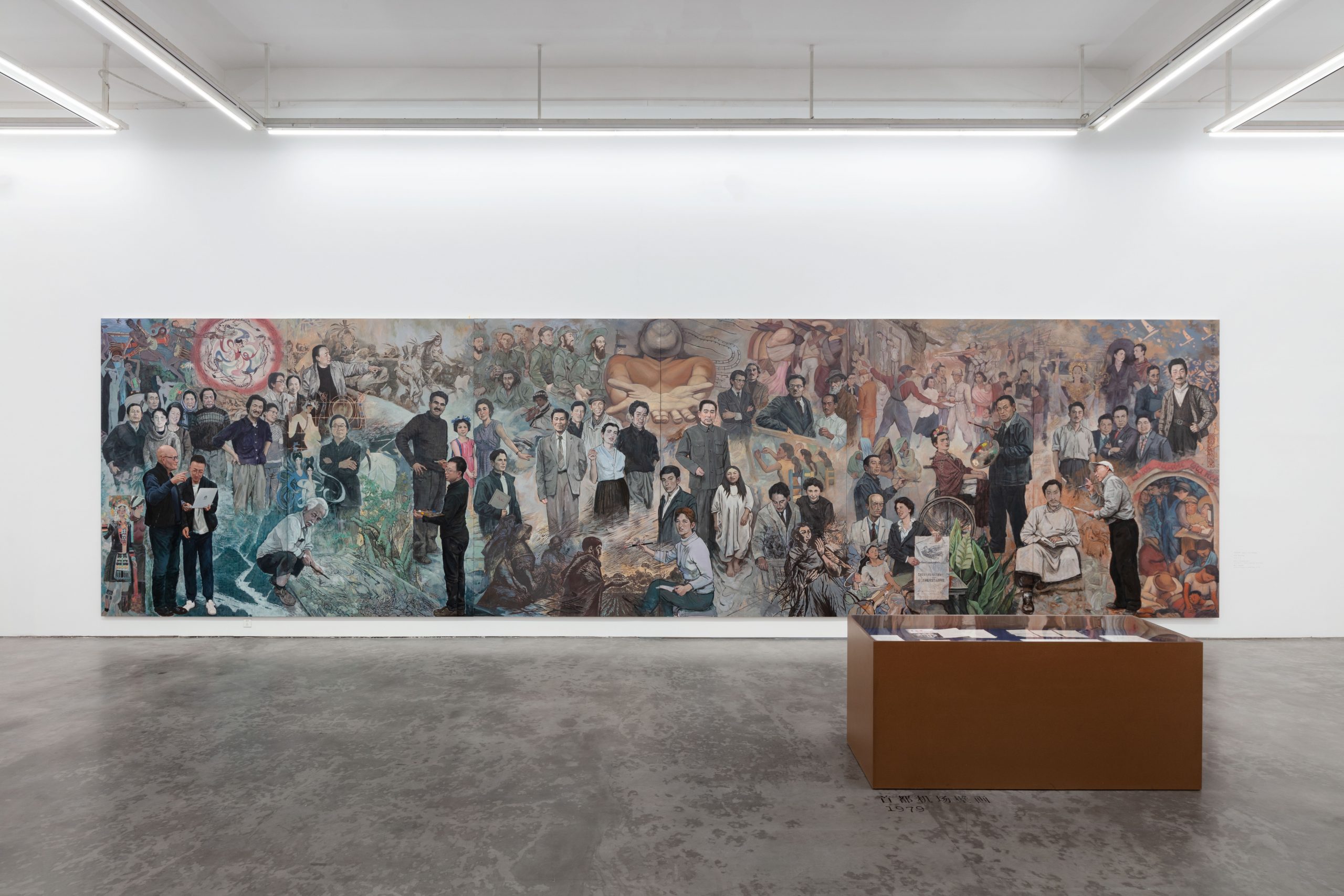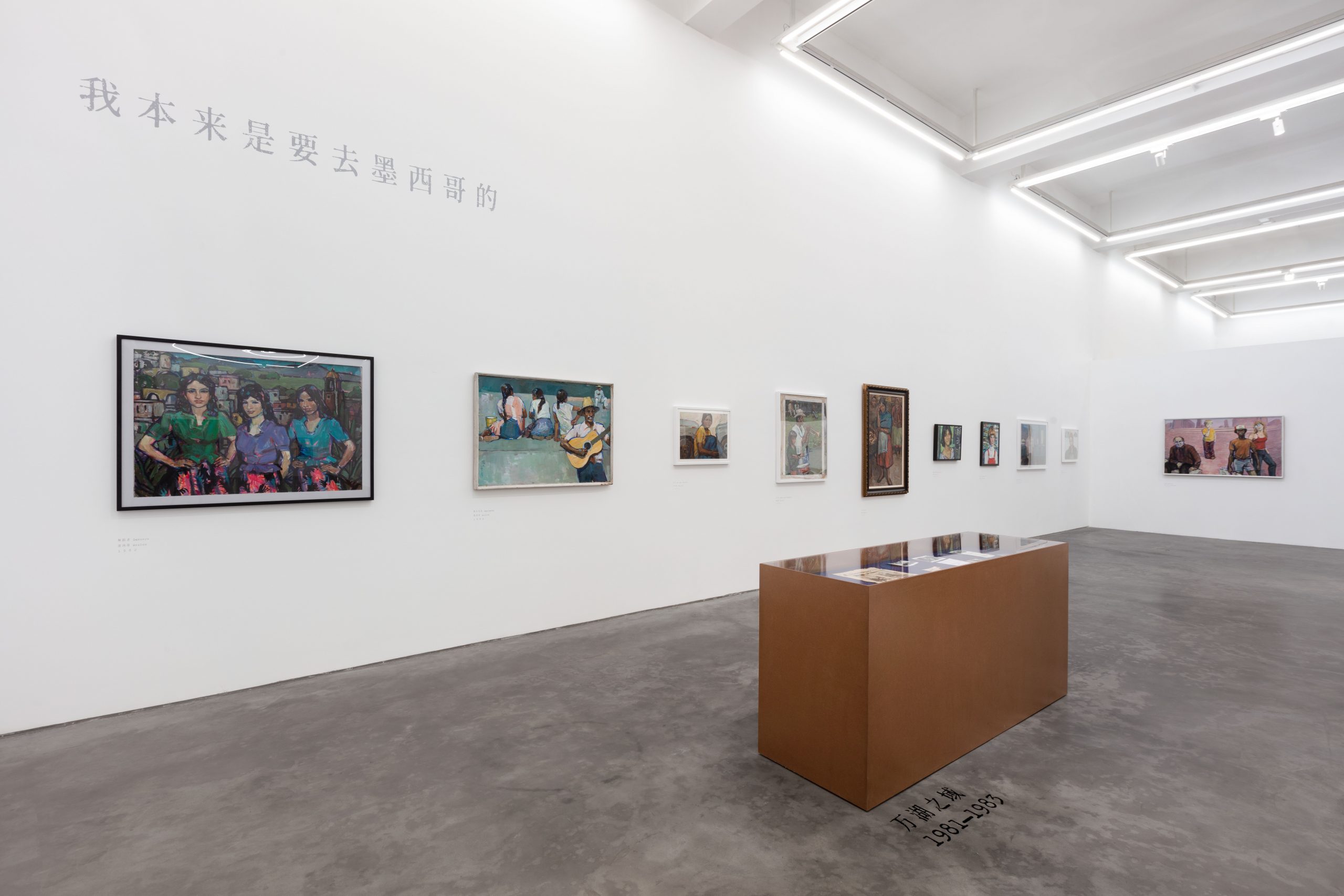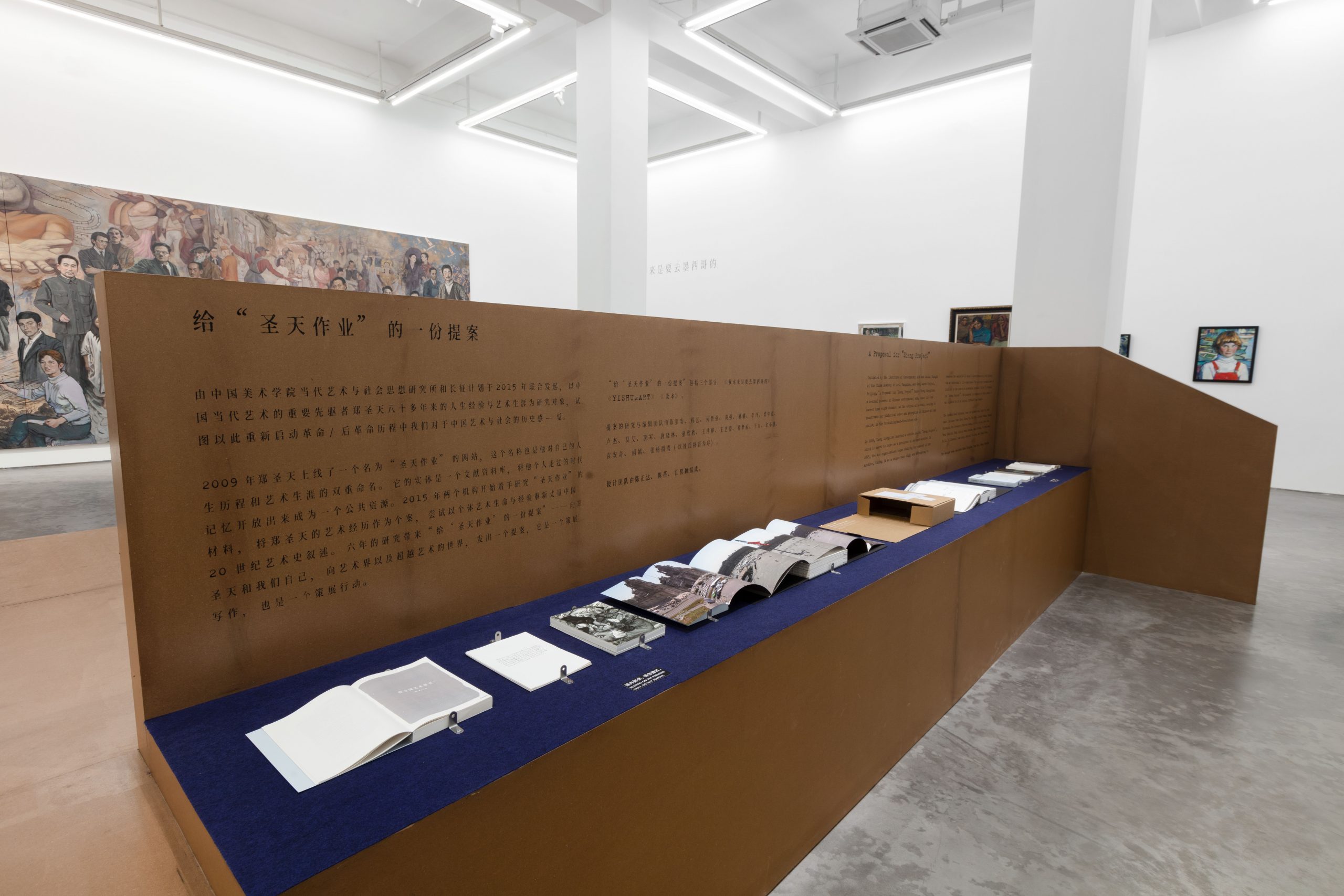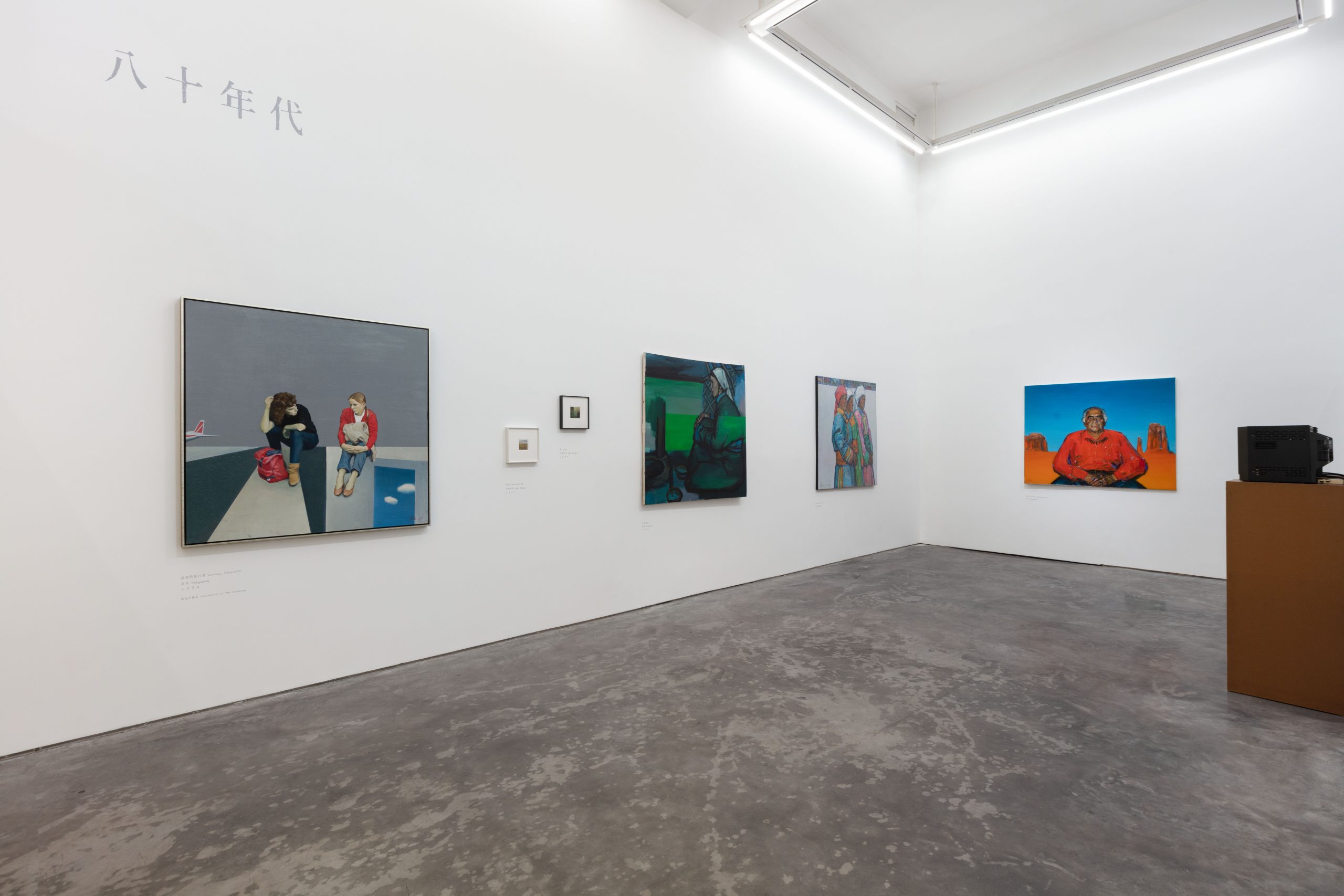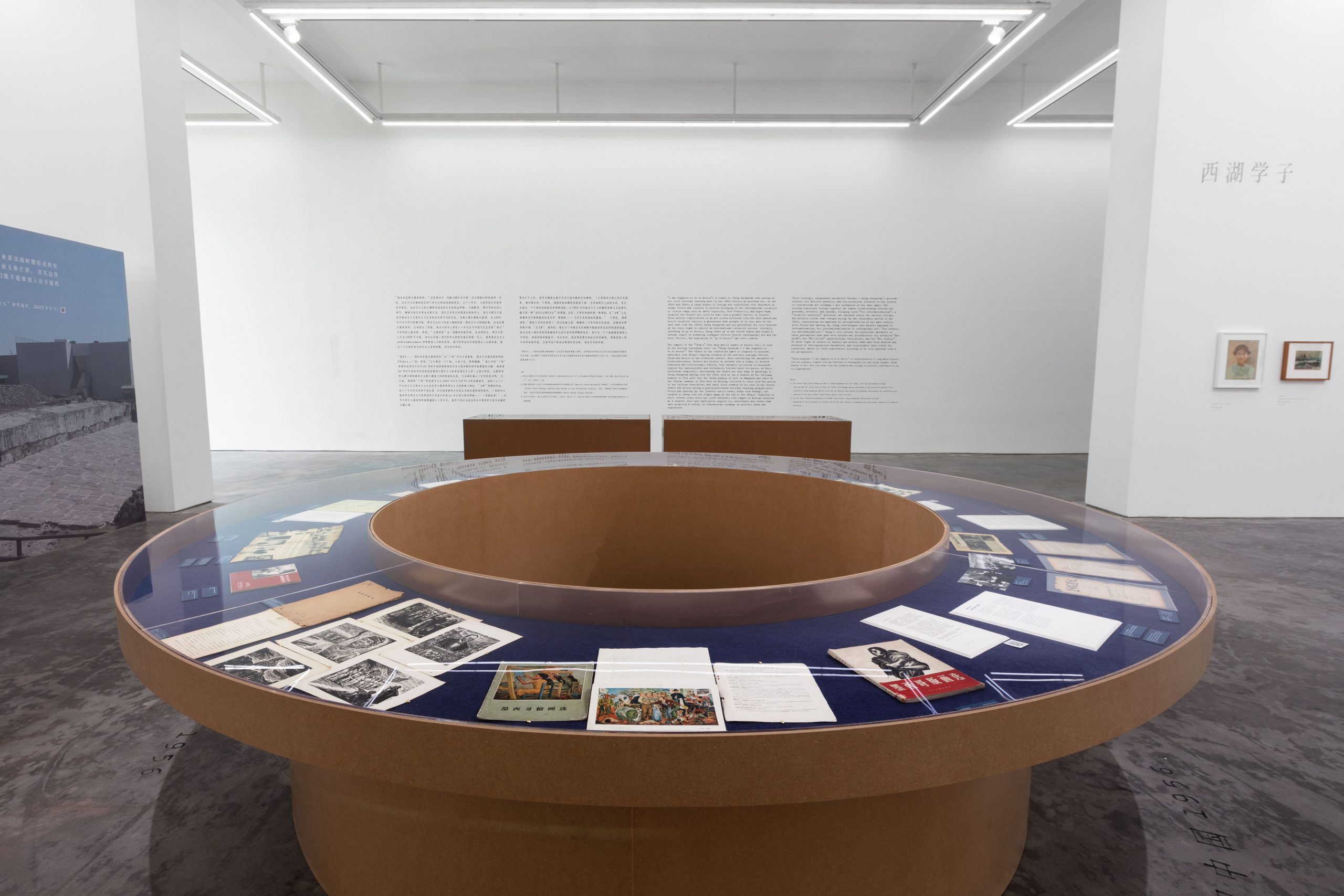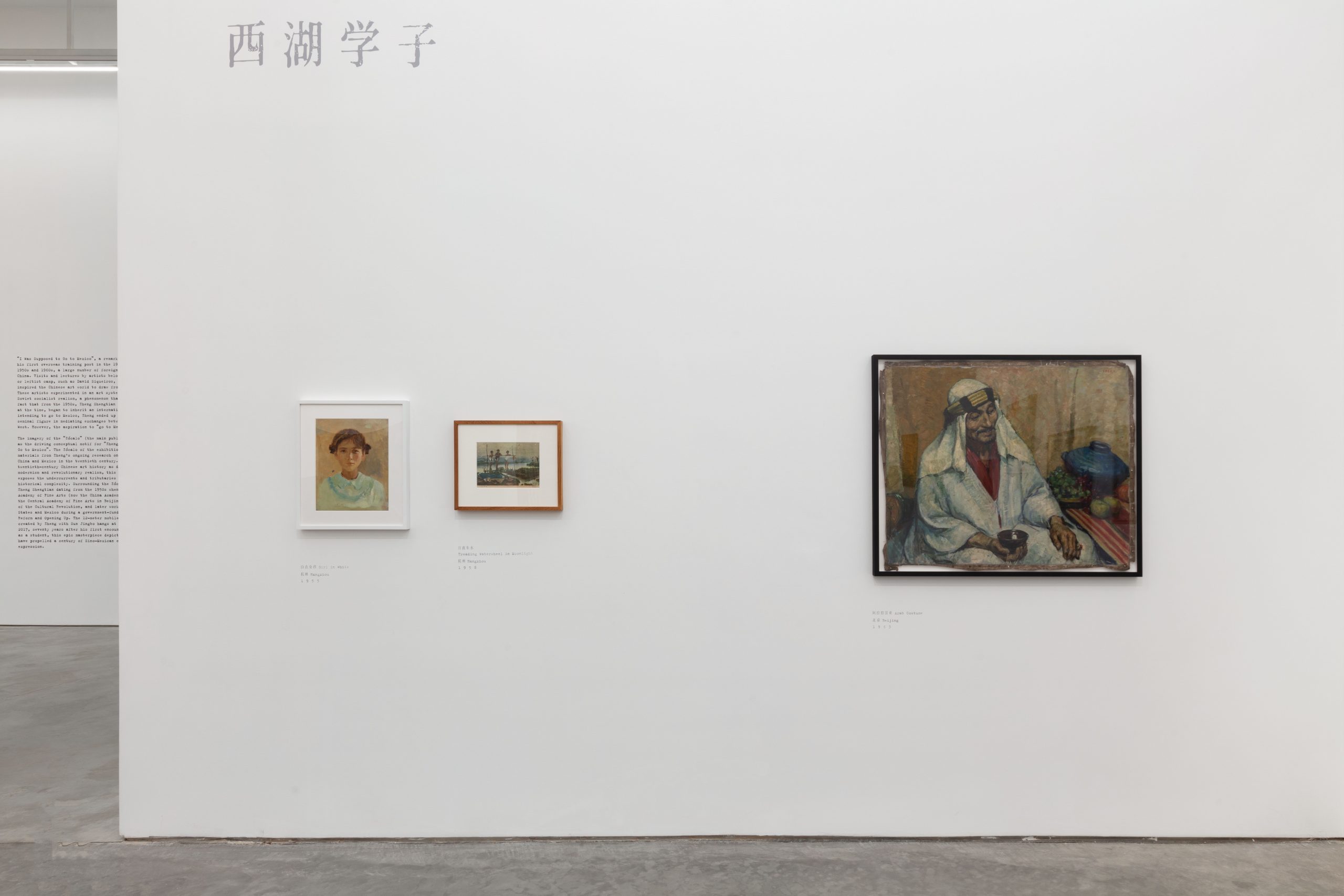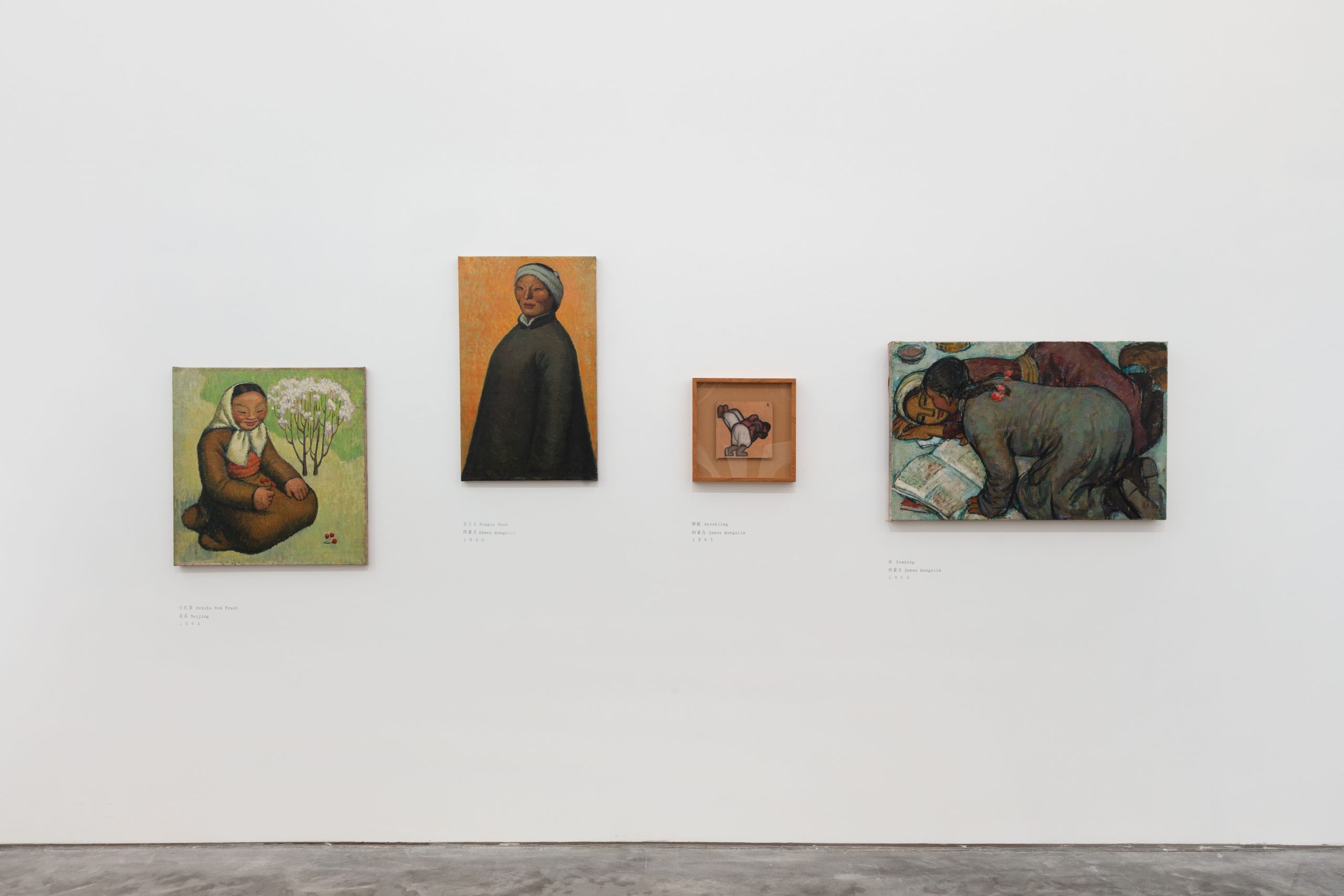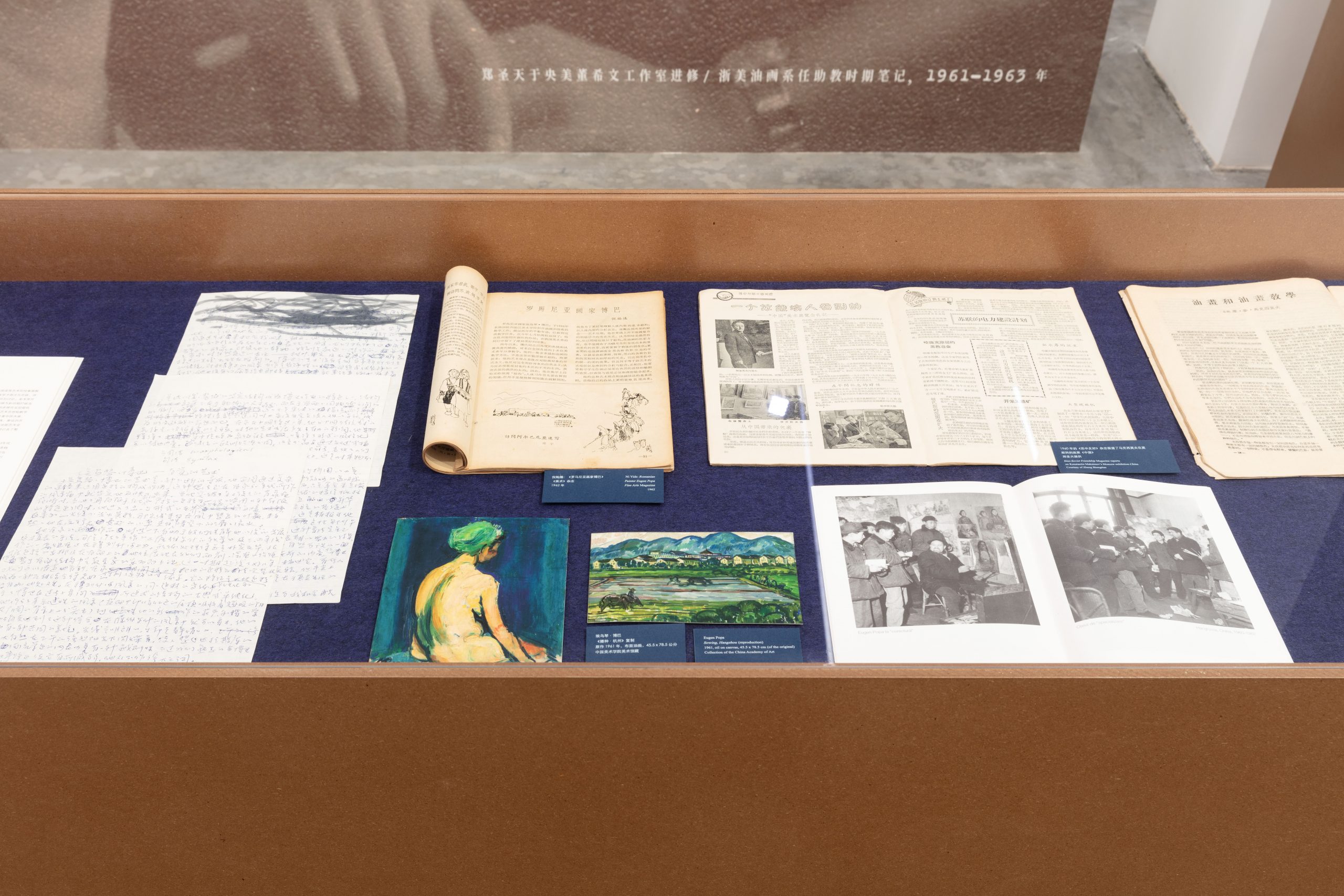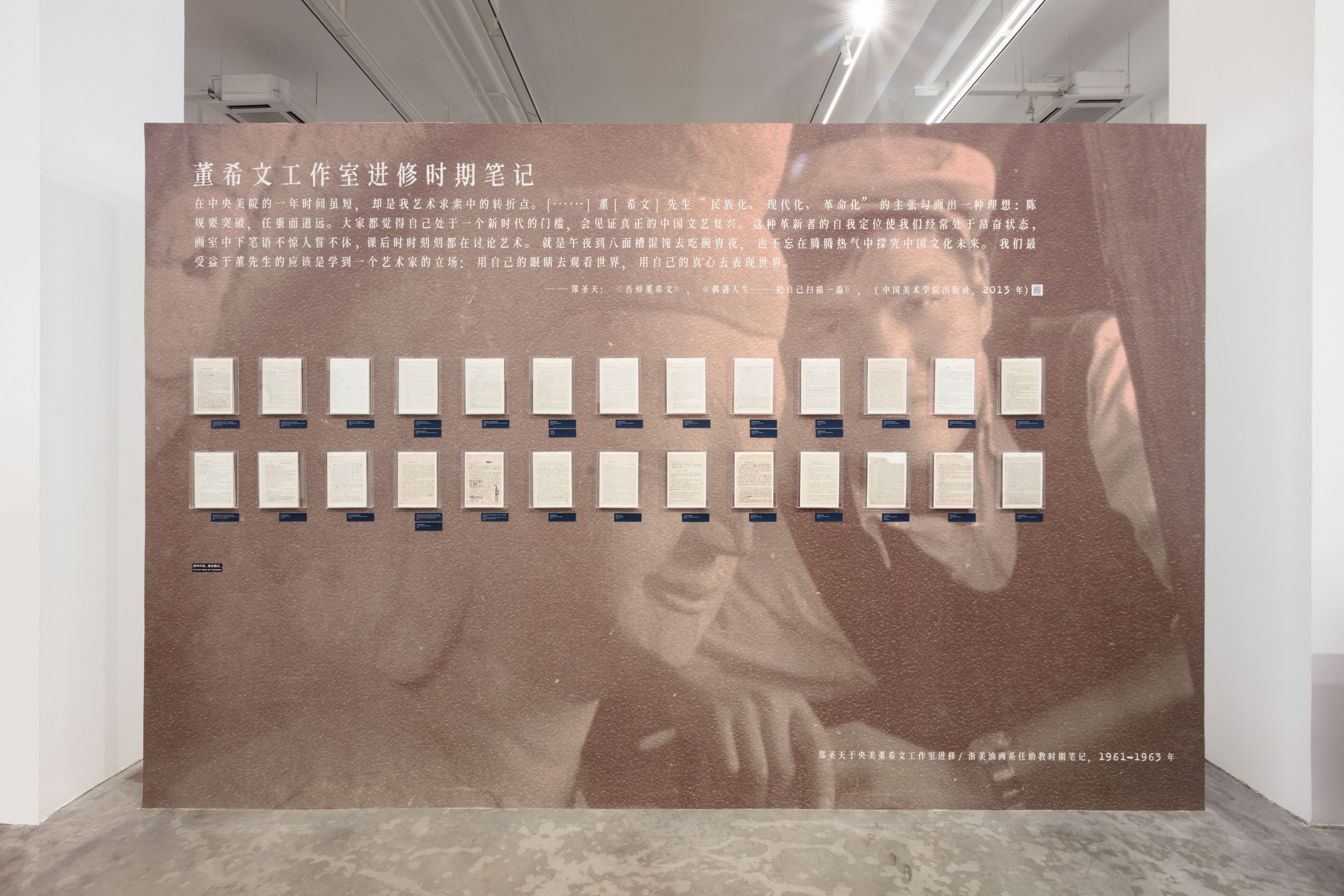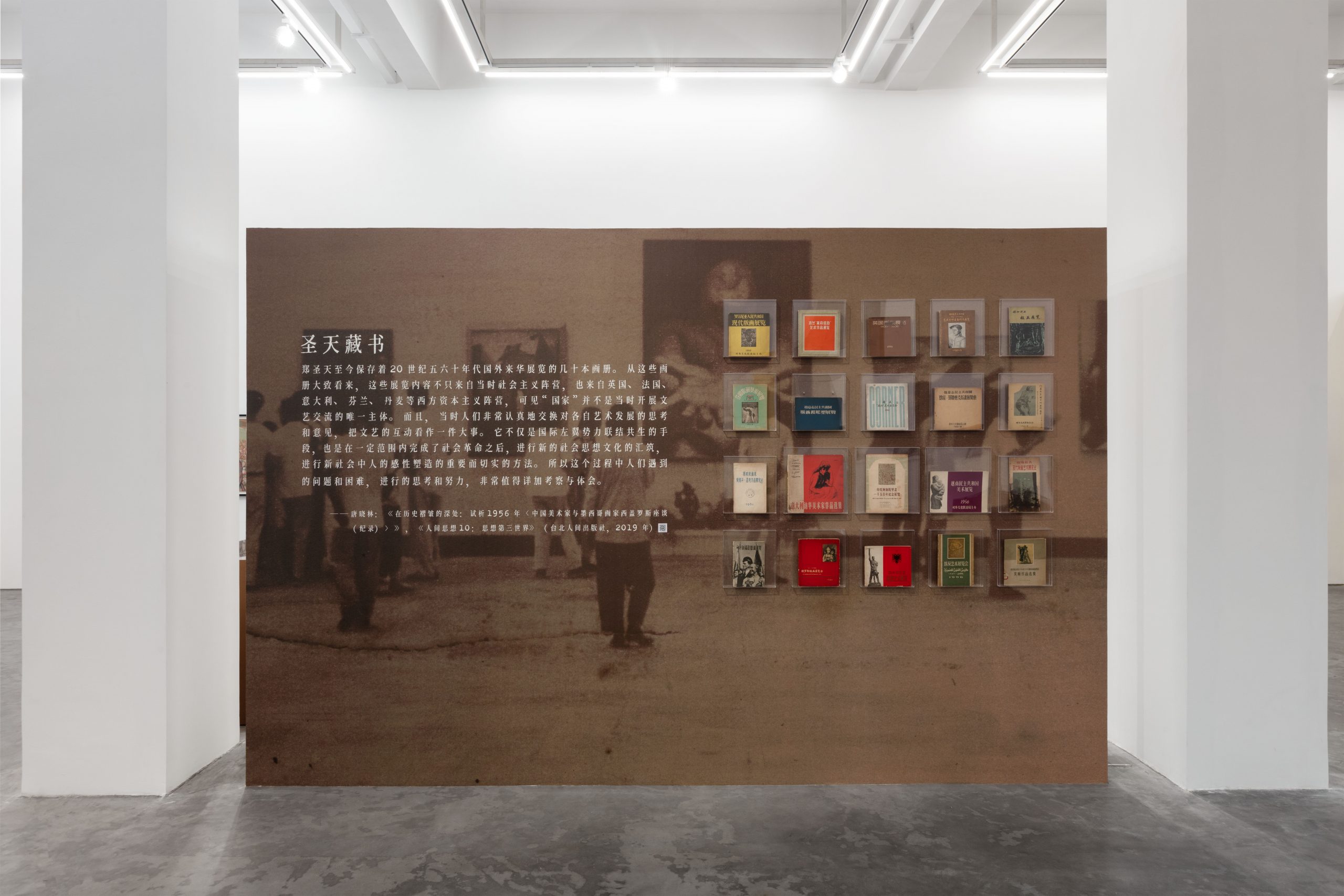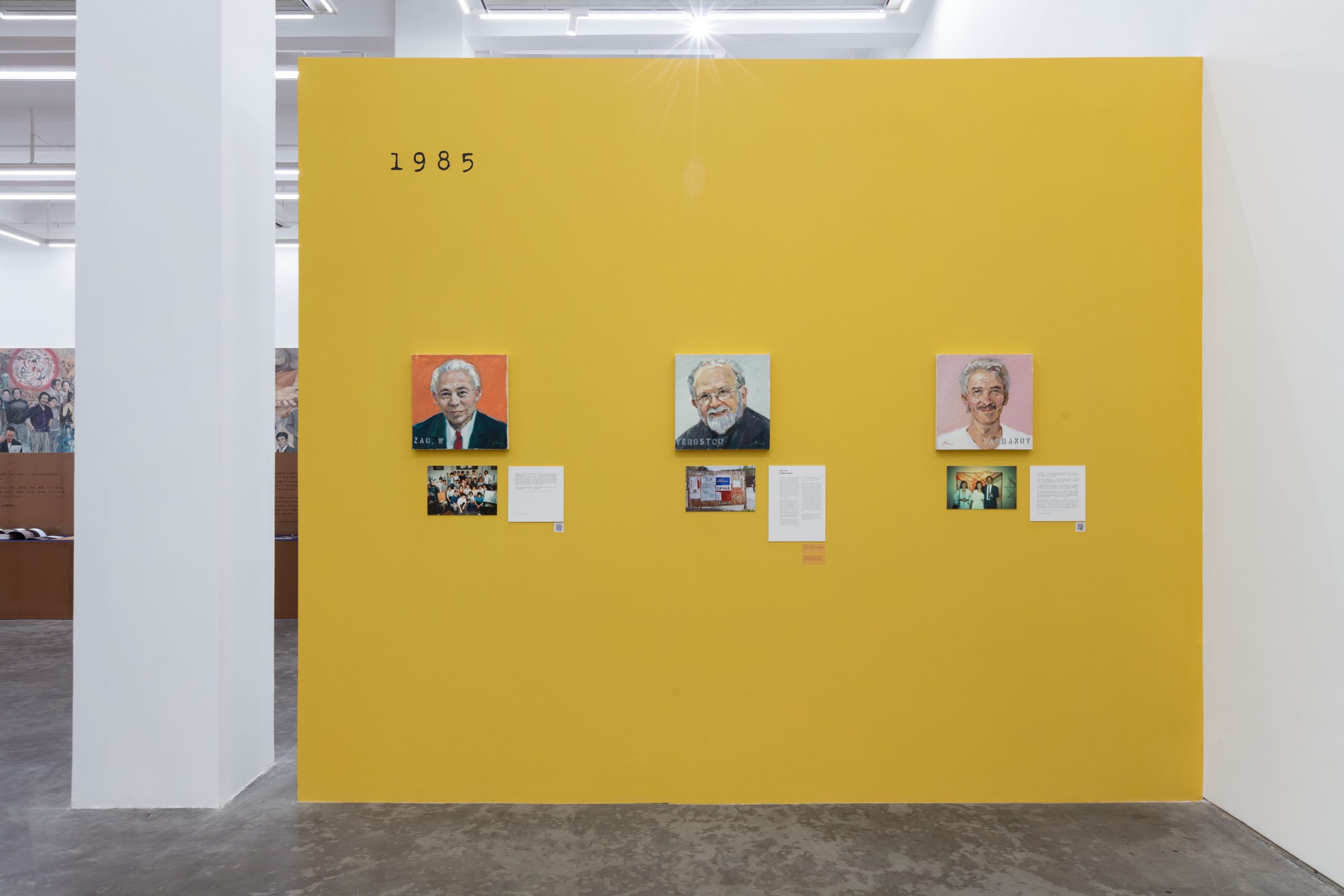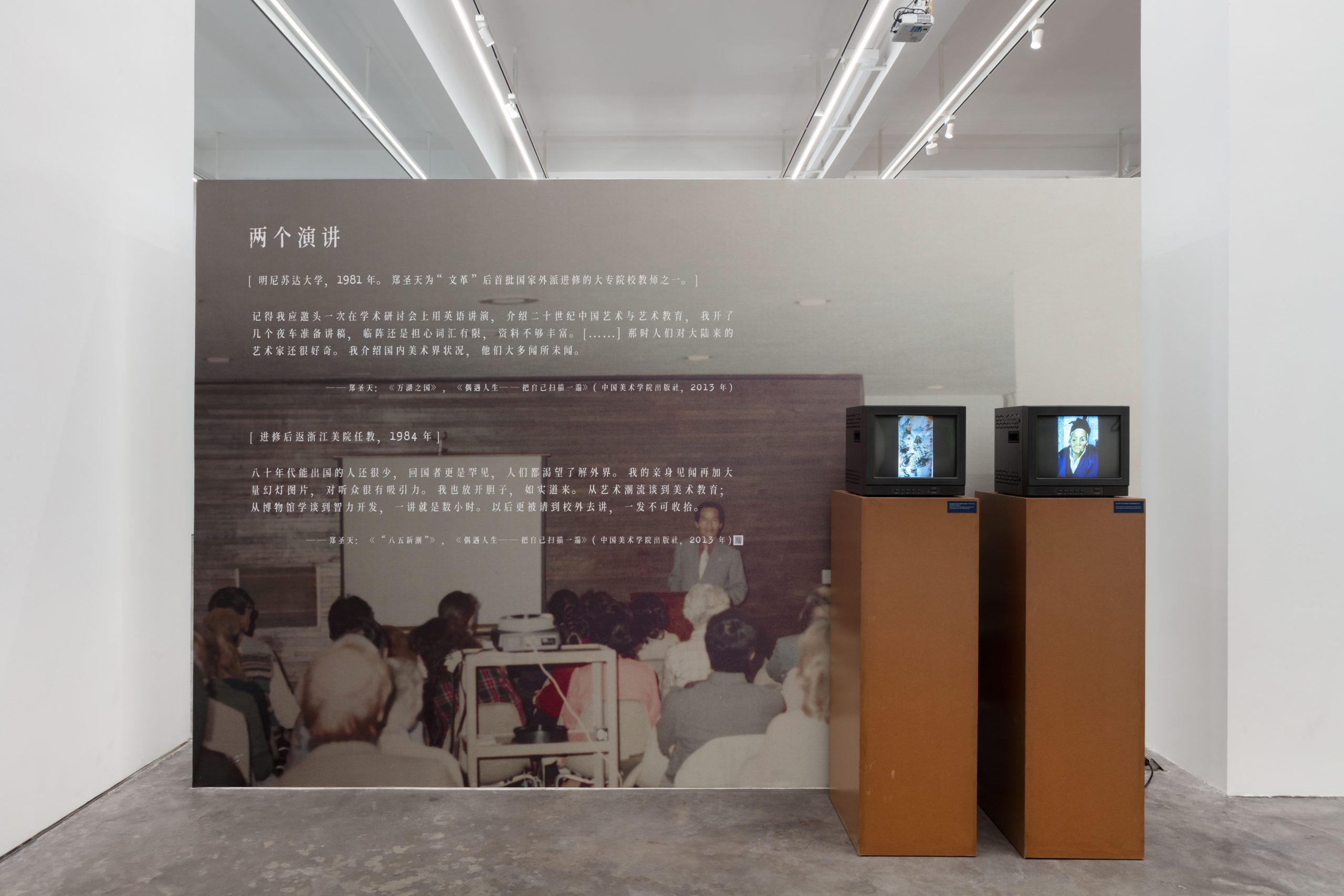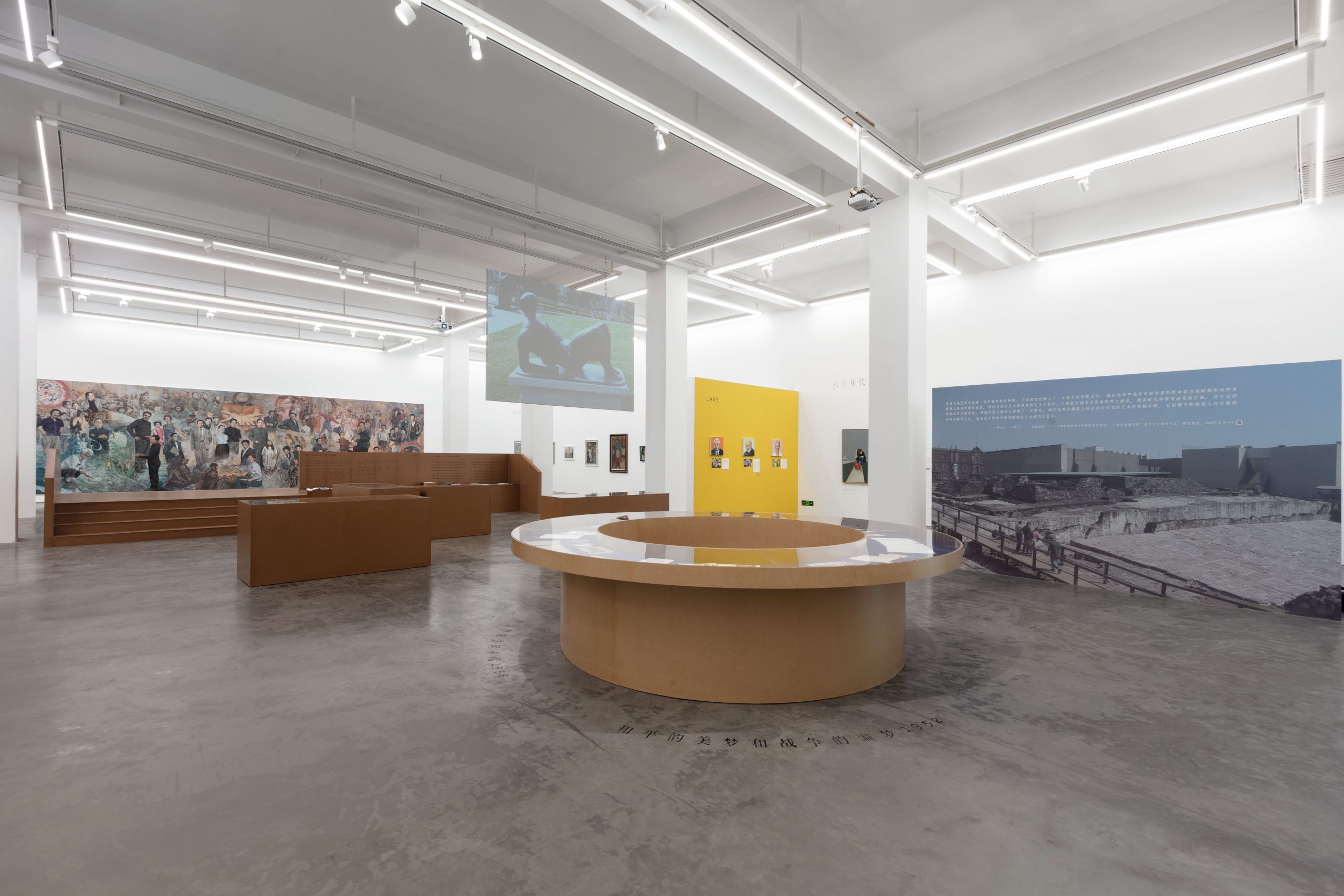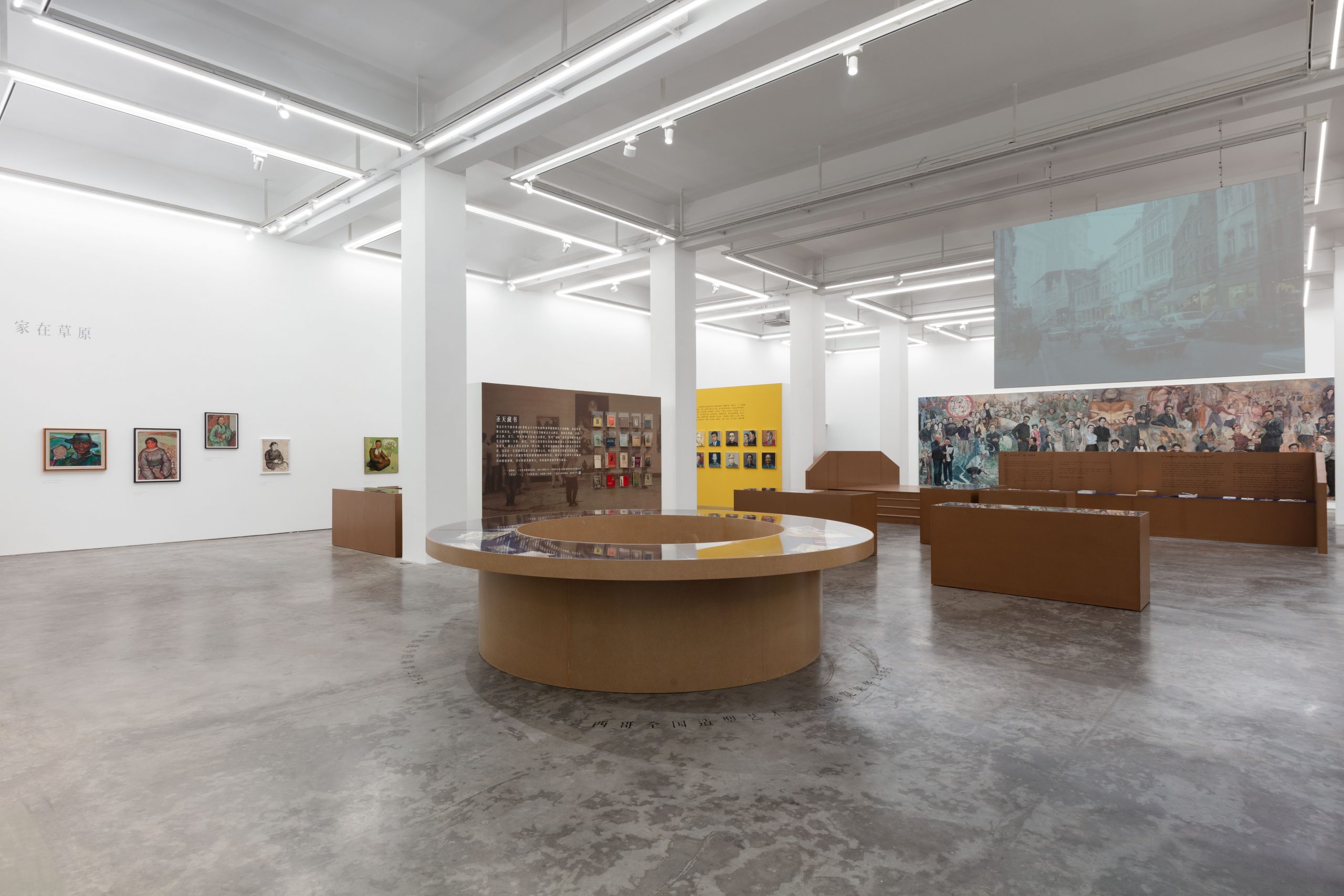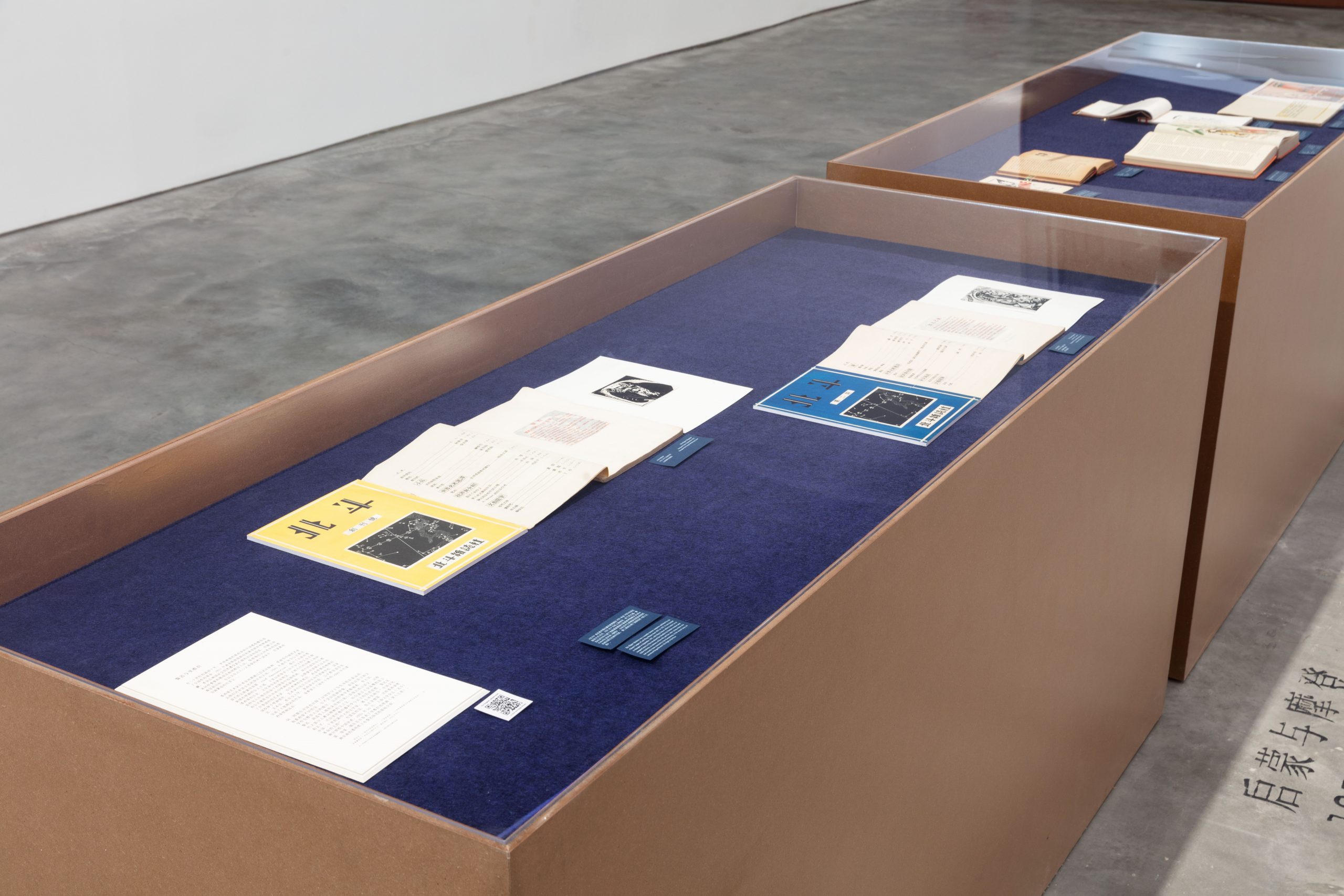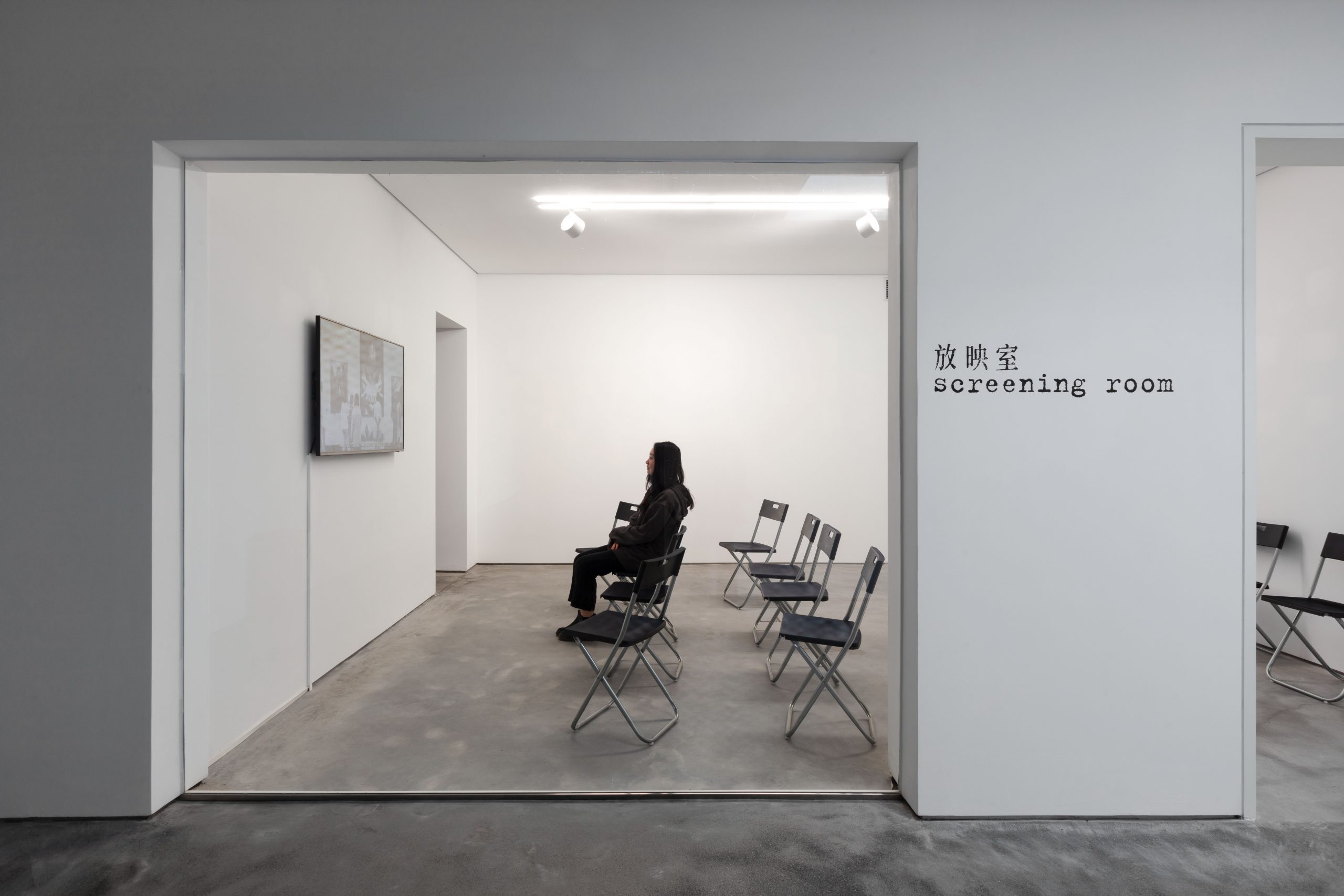A Proposal for “Sheng Project”
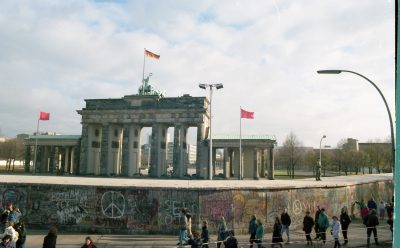
Curatorial Intent | One Century, Two Internationalisms
A Proposal for "Sheng Project"
Time: 2015
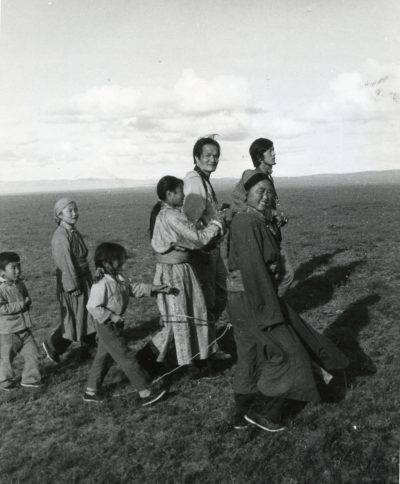
Zheng Shengtian | Chronicle
A Proposal for "Sheng Project"
Time: 2015
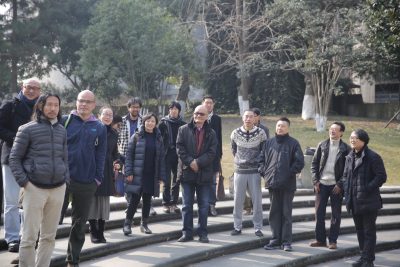
Workshop|A Centurial Proposal
A Proposal for "Sheng Project"
Time: 2015, 2016, 2017
Location: Hangzhou, Beijing
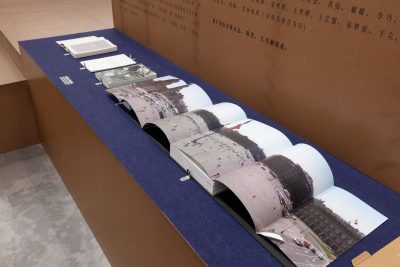
Proposal | A Proposal for “Sheng Project”
A Proposal for "Sheng Project"
Institute of Contemporary Art and Social Thought of China Academy of Fine Art & Long March Project
2021
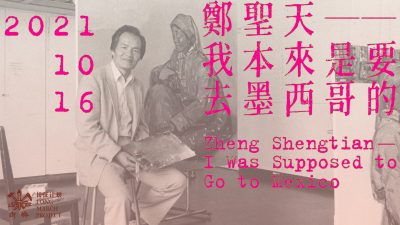
Display | Zheng Shengtian — I Was Supposed to Go to Mexico
A Proposal for "Sheng Project"
Time: October 16, 2021 –
Location: Long March Space, Beijing
Display | Zheng Shengtian — I Was Supposed to Go to Mexico
A Proposal for "Sheng Project"
Time: October 16, 2021 –
Location: Long March Space, Beijing
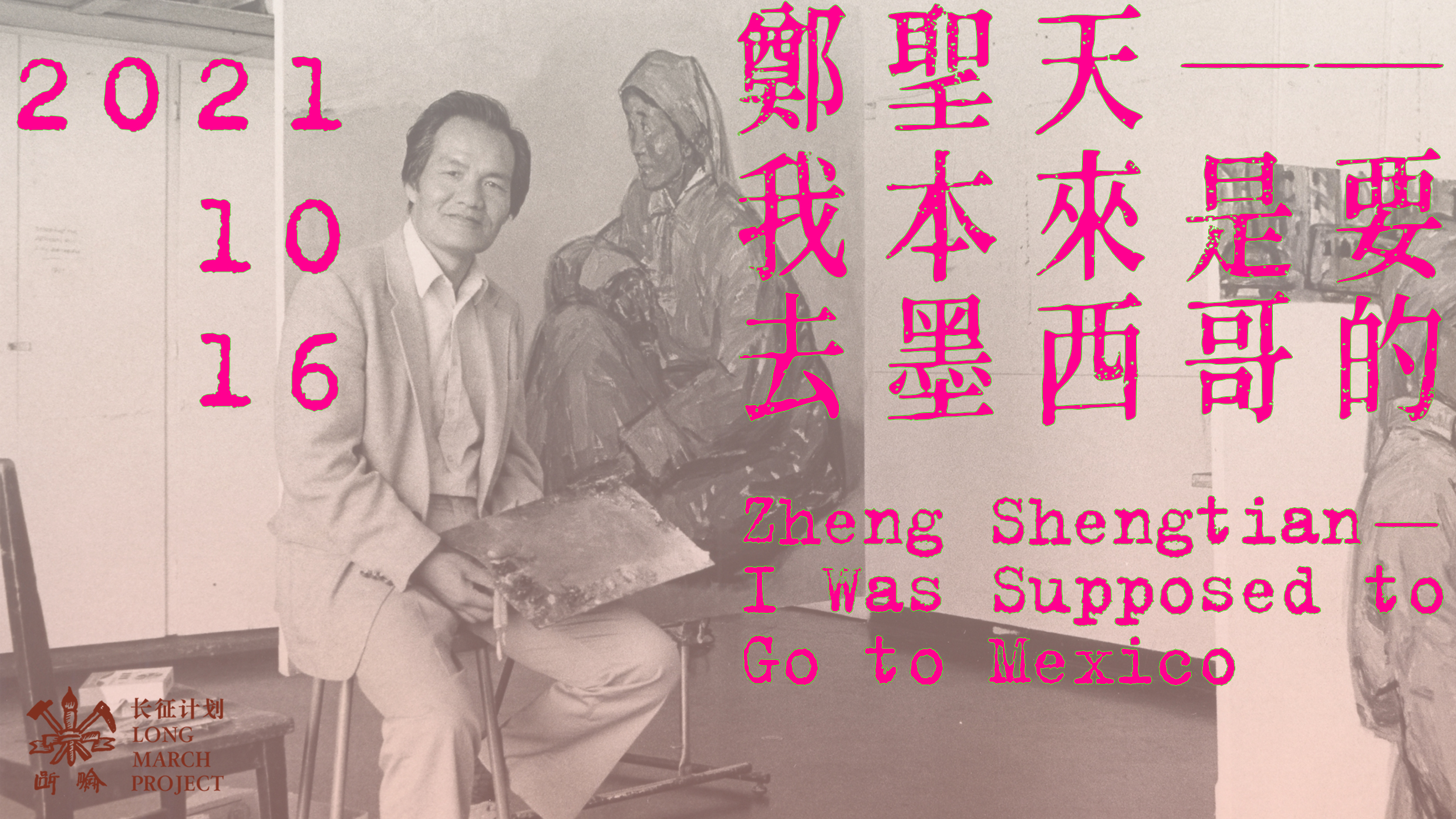
“Zheng Shengtian—I Was Supposed to Go to Mexico,” Long March Project’s latest initiative, will be presented at the Long March Space in Beijing on October 16, 2021. It takes Zheng Shengtian1, a seminal pioneer of Chinese contemporary art, whose life and career spanning eight decades, as the subject of a study, seeking to reactivate our historical sense and perception of Chinese art and society in the Revolution/post-Revolution era.
In 2009, Zheng Shengtian launched a website called “Sheng Project,”2, which can be considered as a double-entendre for his personal history and artistic career. It is meant to serve as a precursor of an open archive, offering physical materials bearing the hallmarks of the time he’s lived in to the realm of the public. In 2015, Long March Project and the Institute of Contemporary Art and Social Thought of the China Academy of Art began studying the content of “Sheng Project,” taking Zheng Shengtian’s artistic experience as a case study and attempting to reassess the narrative of China’s 20th-century art history with an individual’s creative life and experiences. This six-year research came to fruition in the form of a curatorial proposal dedicated to Zheng Shengtian, to us, to the art world, and beyond, titled “A Proposal for ‘Sheng Project’”3.
The visual iteration of “Zheng Shengtian—I Was Supposed to Go to Mexico,” organized by Long March Project, unfolds based on the core thesis of the proposal mentioned above. It is not a retrospective, as it does not fully represent the complex interactions between Zheng’s art and life.“I Was Supposed to Go to Mexico”, a remark by Zheng Shengtian when musing on his first overseas training post in the 1980s strikes as profound now. In the 1950s and 1960s, a large number of foreign art exhibitions were showcased in China. Visits and lectures by artists belonging to the international socialist or leftist camp, such as David Siqueiros, José Venturelli, and Eugen Popa, inspired the Chinese art world to draw from a greater variety of sources. These artists experimented in an art system different from the then mainstream Soviet socialist realism, a phenomenon that prompts us to look anew at the fact that from the 1950s, Zheng Shengtian and his generation who were students at the time, began to inherit an international socialist outlook. Initially intending to go to Mexico, Zheng ended up in the United States and became a seminal figure in mediating exchanges between Chinese contemporary art and the West. However, the aspiration to “go to Mexico” has never ceased.
The imagery of the “Zócalo” (the main public square of Mexico City) is used as the driving conceptual motif for “Zheng Shentian—I Was Supposed to Go to Mexico.” The Zócalo of the exhibition space is composed of archival materials from Zheng’s ongoing research on the artistic dialogue between China and Mexico in the twentieth century. According to Zheng, “My research on Sino-Mexican artistic exchange continues. But I put it into a larger context. Some art historians inherited the historiography of the two camps – the East and West – from the Cold War period and considered Western modernism and revolutionary realism as the two major trends in the development of Chinese art in the 20th century, which alternates as time evolves. Such a view is too simplistic. To a large extent, they ignore that there were alternative trends and practices between these two currents. Of which, neither classifies as officially promoted revolutionary realism nor fully equates with Western modernism or contemporary art.”4 When considering the narrative of twentieth-century Chinese art history as divided into a binary of Western modernism and revolutionary realism, this valuable collection of documents exposes the undercurrents and tributaries between these two poles, in their historical complexity. Surrounding the Zócalo are more than 60 paintings by Zheng Shengtian dating from the 1950s when he was a student at the Zhejiang Academy of Fine Arts (now the China Academy of Art) in Hangzhou and later at the Central Academy of Fine Arts in Beijing, followed by works from the period of the Cultural Revolution, and later works created in his time in the United States and Mexico during a government-funded overseas training program after Reform and Opening Up. The 12-meter mobile mural, Winds from Fusang5, co-created by Zheng with Sun Jingbo hangs at the end of the Zócalo. Completed in 2017, seventy years after his first encounter with images of Mexican muralism as a student, this epic masterpiece depicts key individuals and events that have propelled a century of Sino-Mexican exchange on artistic ideas and expression.
Three seemingly independent narratives threads – Zheng Shengtian’s personal history, his artistic practice, and his historical research on the subject of Sino-Mexican art exchange – are juxtaposed in the same space. The viewing experience strings together the chance relationships between the personal, artistic, and epochal, bringing forth “two internationalisms.” A socialist modernism6 potential was embedded within the various literary and artistic trends that emerged during the New Democratic period of the 1950s, representing one approach to internationalism in the past century. After Reform and Opening Up, Zheng side-stepped into another approach to internationalism, the internationalization of contemporary art. “One century, two internationalisms.” Zheng’s life informs the historical narrative of three generations that have been divided and disconnected: the so-called “New China”, the “New Period” (post-Cultural Revolution), and the “New Century”. He sheds light in corners of Chinese art history that have been muddled and obscured by ideologicalized narratives, and recalibrates them within the historical fabric of lived experiences, allowing us to form opinions with a new perspective.
“Zheng Shengtian — I Was Supposed to Go to Mexico” is curated/produced by Long March Project, with the scholarly support from the Institute of Contemporary Art and Social Thought, China Academy of Art. This text draws from the research and writings collectively undertaken by the two organizations.
Notes:
1. Zheng Shengtian was born in 1938 in a Confucian temple in his hometown in Henan Province, so his mother named him “Sheng” Tian (sacred heaven), commemorating his birth with the blessing of the sacred. During the “Cultural Revolution,” Zheng Shengtian changed his name to the homonym “Zheng Shengtian,” which means “man will out-win the heaven.”
2. On the homepage of his website shengproject.com, Zheng wrote, “I call this page ‘Sheng Project.’ It indeed contains the work I have done and continue to do. I agree with the Asia Art Archive’s claim that a repository is not a static and passive entity but rather an active and progressive platform that is ‘dedicated to providing a means of communication and reflection.’ I also hope that these projects of mine will be beneficial to other’s thinking, and even more so that through your participation, we can enrich and deepen our exploration of these issues.”
3. “A Proposal for ‘Sheng Project’” will be presented in this exhibition as a three-volume set proposal. The research and editorial team (in alphabetical order by last name) includes Zian Chen, Cheng Yi, Roy Hoh, Clement Huang, Zhanna Khromykh, Don Li-Leger, Theresa Liang, Mo Ai, Lu Jie, Shen Jun, Tang Xiaolin, Tong Xinxin, Wang Shihua, Wang Yimeng, Yi Mengyuan, Yu Li, Yu Xiaohui, Yuan Anqi, Marisol Villela, and Zhang Yang.
4. Zheng Shengtian, “Foreword,” Winds From Fusang - Artistic dialogue between Mexico and China in the Twentieth Century, Socialist Modernism Research Series at Taikang Space, Beijing
5. The mural Winds from Fusang was made by Zheng Shengtian and Sun Jingbo, with the assistance of Dong Zhuo and Ma Xin. First shown in 2017 at “Winds from Fusang: Mexico and China in the Twentieth Century,” co-curated by Zheng Shengtian and Yu Yu at the USC Pacific Asia Museum in Pasadena, California, the exhibition also traveled to the Museo Mural Diego Rivera, Mexico City, in 2018.
6. In his essay “Socialist Modernism in China (2015-2016),” Zheng Shengtian interpreted a critical phenomenon in the development of Chinese art in the last century by adopting the theoretical framework of socialist modernism.

